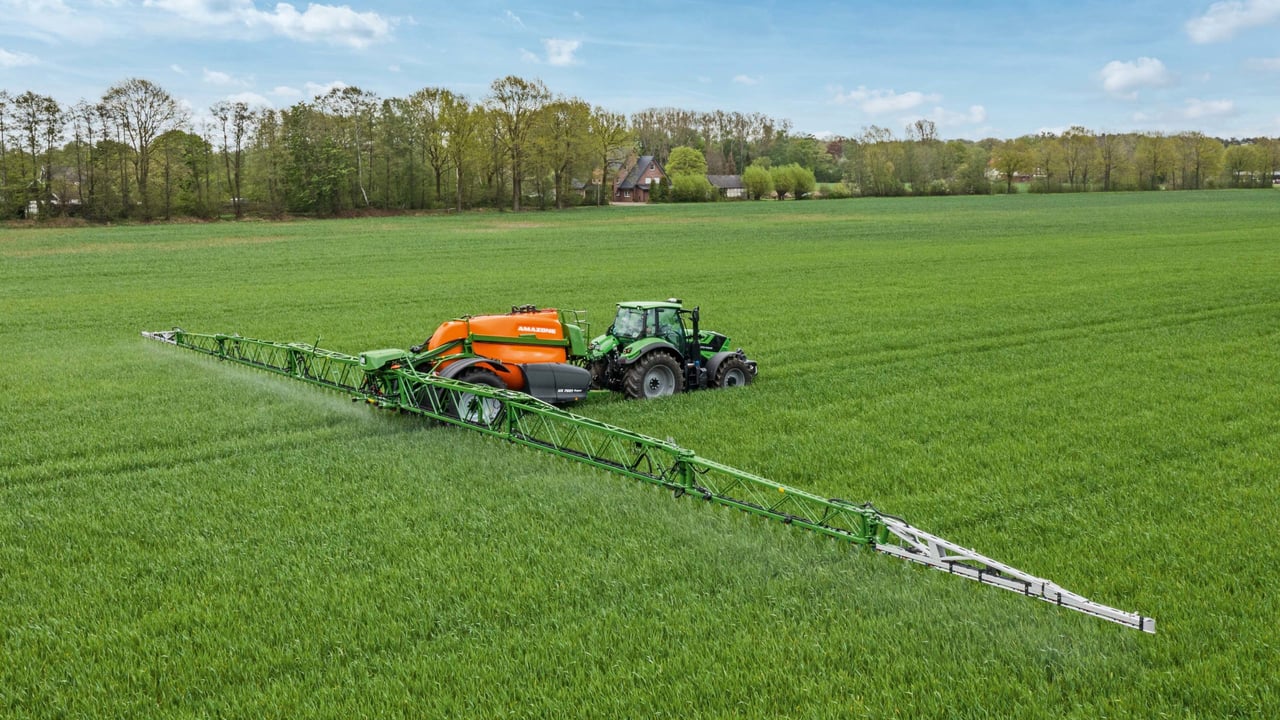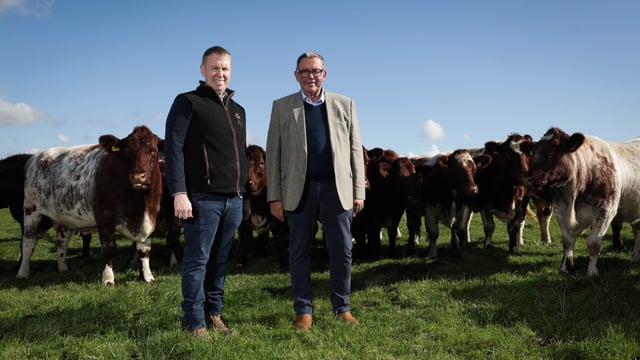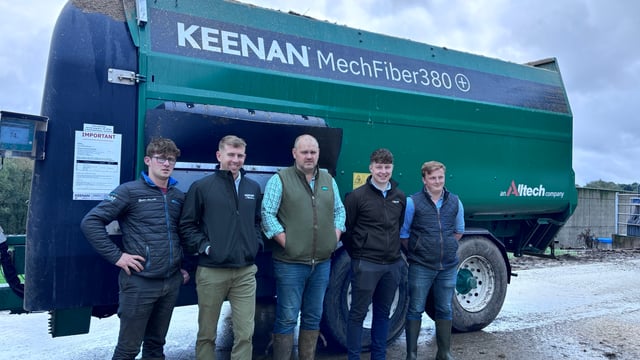Tillage: Getting to grips with pesticide resistance
The 2025 Teagasc National Tillage Conference featured a specific debate on the very real threat posed by pesticide resistance within the crops sector.
More resistant varieties, changes in sowing dates and crop rotations, along with the need for additional decision support services, are just some of the mitigation measures envisaged in this context.
Robert McDougall, a researcher with Teagasc Crop Science, confirmed the priorities contained within the European Union’s (EU) Farm to Fork Strategy.
This policy necessitates a 50% reduction in pesticide usage, including a 50% reduction in the use of ‘more hazardous’ substances.
However, existing data as to what impact this might have on Irish tillage farms is limited.
McDougall commented: "Replicated field trials would be ideal, but these are time and resource intensive. Instead, we looked to tap an untapped data resource - the knowledge of experts."
A total of 17 specialists were recruited from across Ireland’s tillage sector.
They were anonymously surveyed about the impacts meeting the targets may have on yield in wheat, barley and oats, pesticide resistance and current management versus integrated pest management (IPM) practices.
“After the first round of the survey, we summarised the group response and provided it as feedback to the participants, allowing them to revise their answers if they thought necessary," McDougall continued.
“This iterative process, often called a Delphi survey, is a way of adding a level of objectivity to data derived from expert opinion.”
Specifically, where winter wheat is concerned, the panel of experts expected crop yields to decline by 15% on account of lower fungicide use and 10% due to lower insecticide use.
The experts also ranked their top IPM measures where the adoption of reduced fungicide, insecticide and herbicide measures is concerned.
Where fungicide reductions are concerned, the cited measures were: the use of resistant/tolerant cultivars; changes in sowing dates; and changes in crop rotations.
For insecticide reductions the most strongly recommended measures were: the use of resistant/tolerant cultivars to Barley Yellow Dwarf Virus (BYDV); changes in sowing date; and decision support services / monitoring;
And for herbicide reductions, the IPM management listing centred on changes in crop rotations; the greater use decision support services / monitoring; and changes in sowing dates.
Robert McDougall believes these expert opinions constitute a framework around which future trial work can be developed.
“Strategically, we need to now focus on accelerated development of the key mitigation measures," he said.
“Resilient varieties, cultural control strategies for weed mitigation, and better provision of tailored decision support services which allow for more precise and integrated pesticide use.
“While the experts didn’t think these measures would be a panacea for the expected yield losses, if they become more of a mainstay of pest management in a lower pesticide future then there’s the potential they may be able to have a much greater impact.”





